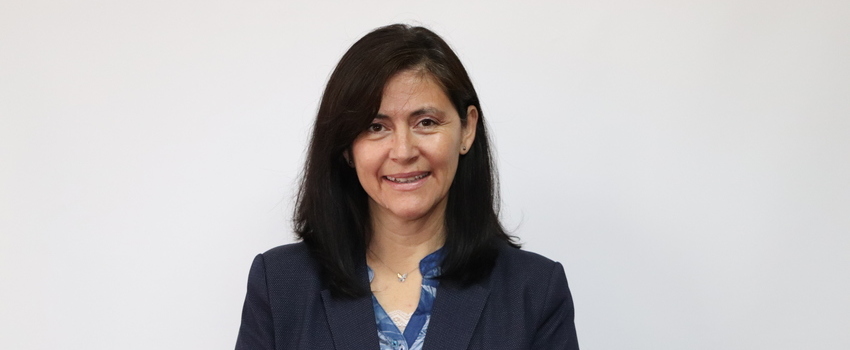- News
Dr. Paola Salas: "In Chile, young adults present the least perception of risk from COVID-19"

The Doctor in Public Health, epidemiologist, academic and researcher from the University of La Serena addresses the management that we should take as a community in the face of the global health crisis experienced by the coronavirus, where one of the great enemies is the lack of awareness towards the associated risk of this disease.
There have been many recommendations that different experts have provided in the face of the COVID-19 pandemic. It is a secret to no one that it is a highly infectious virus and that it can aggravate many people, especially those with risk factors.
Despite the above, many people still cannot identify the real danger that this disease entails, due to various factors, one of the main ones being the so-called “risk perception.”
For the ULS academic and epidemiologist, Dr. Paola Salas, “Risk perception determines the type of management that could be adopted in a risk situation. It must then be considered that this concept becomes even more complex, if we consider that the perception and management of this risk do not depend solely on access to information, but are also influenced by the conditions that prevail in social and cultural contexts. .
Dr. Salas explains that, according to Minsal figures, “The age ranges that have documented lower risk perception in other infectious diseases have been older adults, children, adolescents and young people; Regarding gender, it is the man who protects himself the least. In the current outbreak of COVID-19 in Chile, cases, on the contrary, have occurred between 20 and 59 years of age (80,6%), with the percentage of patients being much lower, but they are more aggravated in the group of adults older than 60 years old (14,8%). So far, adolescents (2,5%) and children from 0 to 9 years old (2,1%) are those with the lowest infection rate.”
Likewise, the specialist emphasizes that “From the above, we could point out that people do not believe in the risks associated with this disease, especially young adults of productive age, despite knowing or knowing how dangerous the infection is being in other countries. We could assume that this occurs because they do not feel that the risk is coming and approaching them, people think that it can happen to others, not to them. This is known in epidemiology as a lack of individual risk perception and can even be collective.”
On the other hand, the academic maintains that despite the hundreds of recommendations that are made through different information channels, “It has been seen that there are behaviors that could indicate that this hypothesis is true, by verifying that people do not respect the recommendations to stay in their homes, try not to go to places where other people could infect them or continue with known risk factors such as the habit of smoking, without even reducing the doses.
It also indicates that “We are facing a scenario never before experienced as Chileans, in the era of technology, which presents us with the discordant challenge that the lower perception of risk could be found in the lack of information or inadequate information that people have; For example, children, youth and young adults may not use radio, television or read information from reliable sources, since it has been described that they mainly receive information through their friends or digital or mass media. For this, advice from the family is important, but especially from peers with a perception of risk and the desire not to want to get sick.”
Measurements and recommendations
Dr. Salas further states that “At the collective or community level, progress must be made towards the construction of risk, where actions to improve the perception of risk for the common good are divided into three areas: epidemiological, environmental and communicational.”
Explain what “In the epidemiological field, it is about maintaining an active and timely epidemiological surveillance system of notification of suspects who arrive at health centers, accompanied by a strong surveillance system of the community itself; The idea is that there is what is called in epidemiology 'rumor surveillance', which consists of empowering the community in self-reporting and early consultation. Also improve environmental surveillance, ensuring the supply of drinking water, soap, disinfectants, create routines for cleaning surfaces in offices, workplaces and within the home.”
Furthermore, he points out that “We must reinforce risk communication where priority must be given to the delivery of information on cases in real time or as soon as possible by health authorities, and reinforce communications on prevention and control measures.”
Finally, the professional assured that “We also need to develop individual risk perception, strengthen important bonds such as affection, solidarity and empathy with those who get sick, as well as begin to reduce anxiety about why preventive isolation is an appropriate security measure.” , being that it has been almost the only most effective measure in the majority of countries that are already in the stage of massive reversal of the infection.”
Written by Patricia Castro, DirCom
